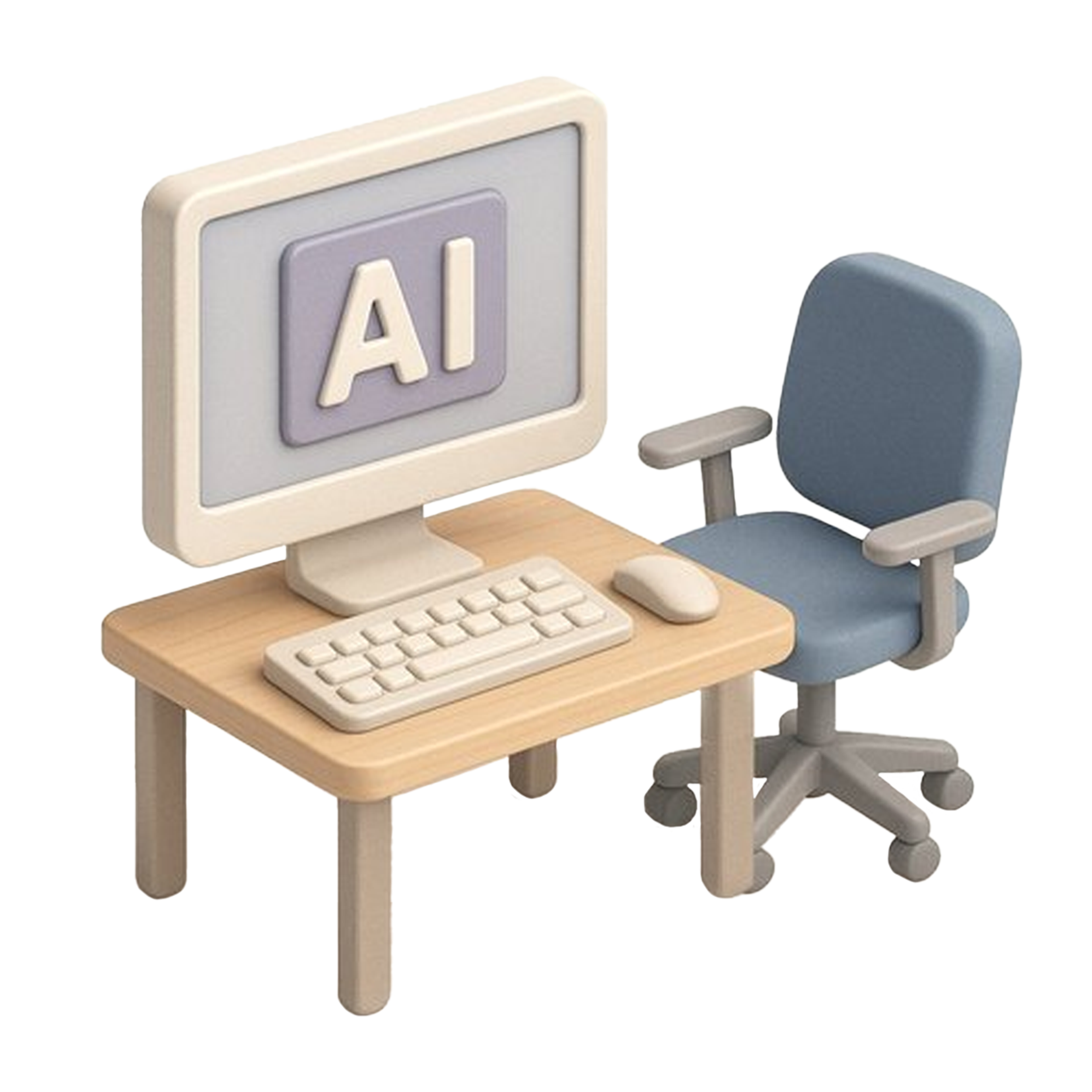Ai Assistant
Human-Centred Product Discovery Through Prompt-Based Design
Role: Lead Product Designer
Context: B2C | AI Integration | Modular Product E-commerce
🧠 The Challenge
As part of 3D Cloud’s ambition to stay at the forefront of technological innovation, we sought to explore where AI could meaningfully support customer experience.
A key challenge lay in the complexity of modular product configuration — users were overwhelmed by choices, resulting in high drop-off rates and lengthy decision-making journeys. With limited in-house AI experience, our strategy was to pilot a client-facing AI tool to tackle a clear UX bottleneck.
⚽️ Strategic Goal
To position 3D Cloud as a forward-thinking leader in modular commerce by integrating accessible, conversational AI into the product configuration experience—reducing cognitive load, accelerating decision-making, and increasing customer satisfaction. This initiative supports a broader business objective to drive product discoverability, improve conversion rates, and differentiate our digital offering in a competitive e-commerce landscape.
🎯 Design Objectives
Simplify the product discovery process via a conversational AI interface.
Enable text and image-based input to guide product configuration intuitively.
Drive AI adoption without alienating users unfamiliar or hesitant about the technology.
Ensure accessibility and mobile readiness from day one.
Just for context
Here is a live example of the modular configurator application deployed for Design with in reach (taken 10.01.2025). A US home and office furnishing customer providing direct customer access via their e-commerce platform.
✍🏼 Wireframes
🧭 Approach & Methods
🔍 Research & Strategy
Customer persona creation based on behavioural data
Analytics review to identify PDP abandonment points
Client workshops to define AI boundaries, tone, and product relevance
Competitor scan across emerging AI interfaces (e.g. Shopify Magic, Adobe Firefly)
Journey map + sitemap update for AI integration touchpoints
🔧 Design & Prototyping
Conversational UX flow mapping for AI prompts and responses
Component audit and scalable design updates
Rapid prototyping using scenario-based product queries
User testing (video walk-throughs, live tool trials, in-product surveys)
Cross-functional coordination with PMs, BAs, QA, and AI data trainers
📤 Takeaways
Some users hesitated to try the AI, but once they did, they wanted it in every shopping experience.
Labeling the tool as “AI” slightly reduced first-time use, but increased return visits.
Users praised the tool’s speed and the natural, free-flowing interaction.
The tool worked seamlessly on mobile — no changes needed.
Voice input and image uploads gave the tool a unique advantage over other configurators.
🎨 Final Design
Simple user flow
✨ Key Design Solutions
Area
Impact
Solution
Prompt-based input for conversational setup
AI Interface
+60% faster product creation
UI Feedback
Image + voice note inputs to guide AI
Media Inputs
Smart, context-aware product suggestions
Differentiates experience from competitors
↑ Product exploration depth
Content
Fully responsive, mobile-ready design
Accessibility
Instructional video to build trust & drive adoption
Seamless experience across devices
+73% NPS from AI users
📈 Outcomes &
Business Impact
Result
Metric
🛒 Add to cart rate
↑ 43%
🤖 AI adoption rate
86%
❌ PDP drop-off rate
↓ 17%
↑ 12% more options viewed
🧠 Avg. configuration breadth
+73% of users more likely to recommend brand after using AI tool
📣 Brand advocacy
🔄 What I Learned
🛬 Before Launch
AI models are only as powerful as the data they ingest — training quality dramatically affects output.
Internal collaboration was essential: design, QA and data teams co-owned model training to speed up results.
🚀 After Launch
Users created configurations 60% faster using AI vs. menus.
Fear of AI was a barrier for some — however, video tutorials helped improve uptake.
Mentioning “AI” in the tool lowered initial interaction but increased return visits.
Users described the tool as “fast”, “natural”, and “surprisingly fun”.
🧠 Strategic Takeaway
AI-driven tools must feel intuitive, not futuristic. Simplicity, guidance, and trust-building elements (like “how it works” videos) were essential for user engagement. If repeated, I’d recommend:
Earlier pilot builds with messaging that this is a “learning tool” in beta — encouraging feedback and lowering expectations.
Staggered onboarding with optional AI tutorials or voice walkthroughs to widen adoption.





